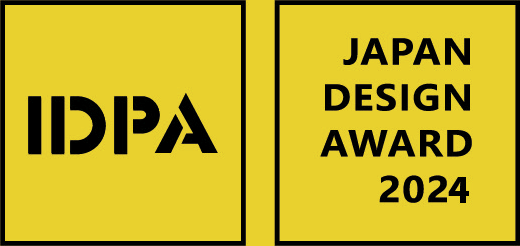- 2023 Pioneer Prize
- From Architectural Design
Pingtung 1936 Tobacco Culture Base Parking Garage
Project Description
This project aims to create an iconic building for the local city by building a three-dimensional parking lot that departs from the common architectural framework of parking lots. It was decided that the local tobacco factory with historical and cultural value would be renovated to create a cultural base for Pingtung 1936, in view of the local government's "Pingtung Grand Museum Project". The three-dimensional parking lot was built to meet the future demand for parking for tourism. The project echoes the cultural and creative park of the tobacco factory and combines green design to implement ecological protection while creating friendly spaces and a stopping point to showcase the local architecture.
Our project prides itself in providing an exceptionally secure and comfortable parking environment, with a "people-oriented and vehicle-supported" approach. We have taken several measures to ensure the safety of pedestrians, such as creating separate pedestrian lanes for all entrances and exits. Additionally, we have strategically separated vehicle lanes for entry and exit, reducing intersections and congestion, especially during peak seasons. Moreover, our parking facility boasts an extensive range of parking spaces for cars, motorcycles, and bicycles, including barrier-free spaces that fully comply with all regulations. The functional areas are thoughtfully designed to cater to different groups, creating a warm and welcoming atmosphere. By demarcating zones with a color scheme and large icons, we bring a vibrant touch to the overall environment. Notably, our nighttime lighting design is carefully calibrated to gradually dim from 6pm to 11pm, leaving only entrance and signage lights for safety and energy efficiency, while conforming to the community's daily life.
Adorned with a green border and yellow perforated panels, the frontage of the structure is aesthetically pleasing and reminiscent of tobacco leaves, paying tribute to its previous life as a tobacco factory. The smaller section of the frontage is decorated with rice ear elements and a grille design, adding an intricate touch to the overall design. The indirect lighting used throughout the structure creates a unique urban feel, with varying light and shadow patterns that add depth to the space. The entrance plaza and pedestrian passage are adorned with charming red and green lights, making it an ideal location for small-scale performances, exhibitions, and even marriage proposals. With these design features, the space opens up numerous possibilities for effective utilization, making it an excellent venue for various events and activities.
Our team places great emphasis on a variety of key factors when it comes to public facility projects. These include innovation, respecting the local culture, promoting environmental sustainability, and ensuring user-friendliness. During the construction process, we take steps to minimize any disruption to the surrounding community. For example, we implement fence greening, dust net protection, and water spraying measures to keep things as peaceful and clean as possible. We also make use of CLSM to help shorten the construction timeline, while at the same time increasing density and strength. Our design incorporates a unique "tobacco leaf" facade as a nod to the rich history and culture of the tobacco leaf factory. In addition, we have included an installation of "little green men with red and green lights" to help preserve green areas and promote a more eco-friendly environment. We believe that these small touches can make a big difference in creating a public facility that is truly welcoming, functional, and sustainable for all.
In order to maintain sustainability and ensure easy maintenance, the project deliberately set aside ample space for equipment piping configurations. This was done to avoid any additional construction work that could potentially disrupt the original landscape planning. Moreover, the entire area is equipped with low-energy- consumption and high-efficiency LED lighting to promote energy savings and reduce carbon emissions. The project has successfully met six crucial indicators, which include daily energy savings, water resource management, sewage and waste reduction, greening, waste reduction, and base water conservation indicators. As a result of this impressive achievement, the project has been awarded the Green Building Label, which perfectly embodies the three key elements of environmental spirit: "Ecological Health", "Human Health", and "Earth Sustainability”.
